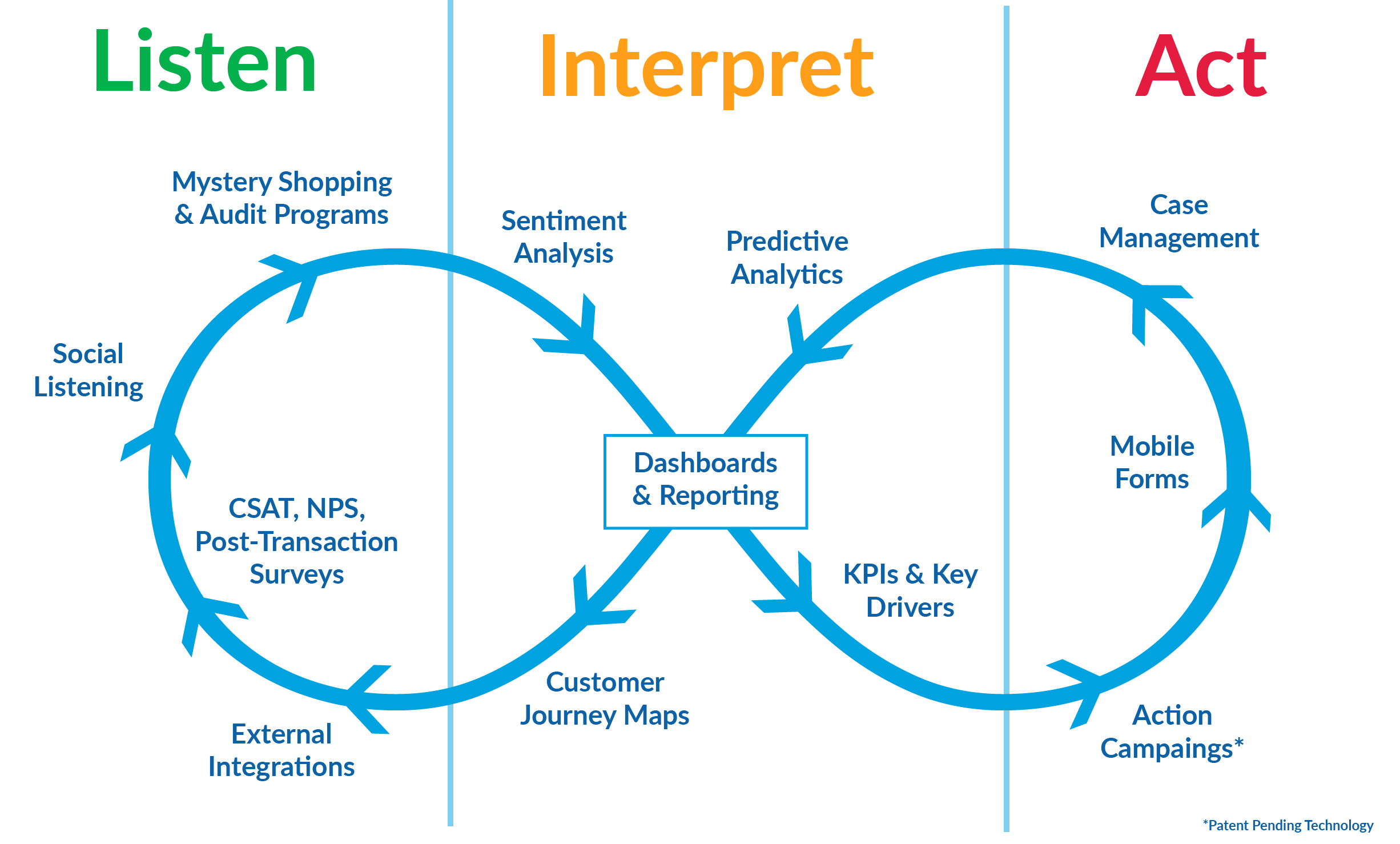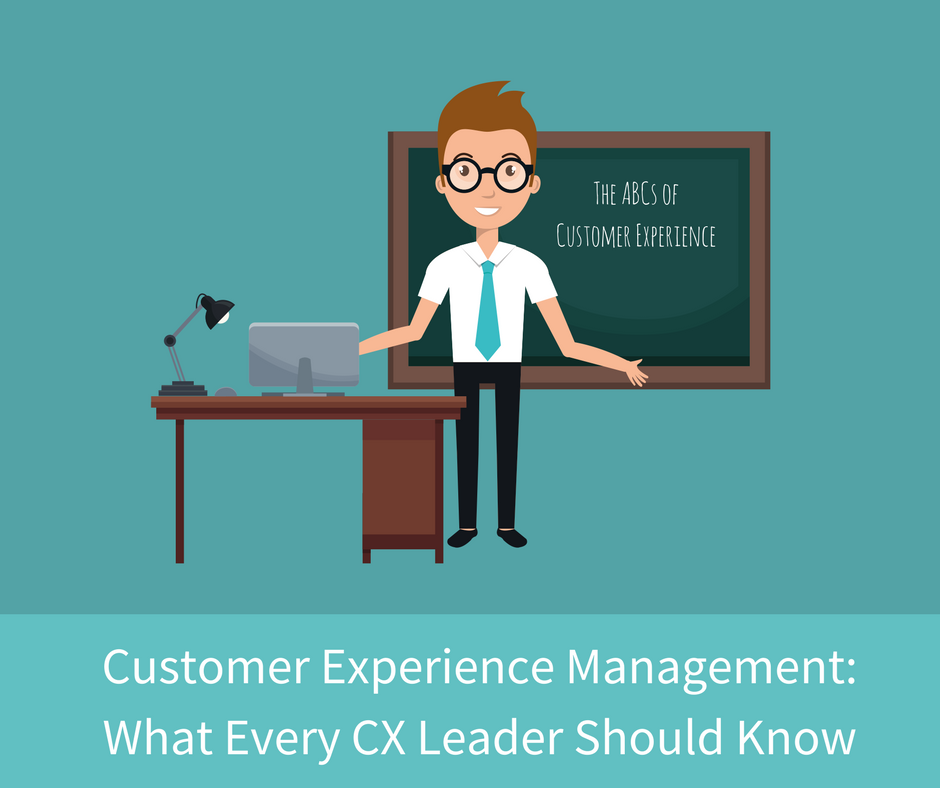Moments that Matter: Your Journey Mapping Questions Answered
We recently hosted a webinar with special guest, Jim Tincher of Heart of the Customer, that focused on creating actionable customer journey maps. The...

Building a state of the art Customer Experience Management (CEM) program is a long-term process and it can be difficult to know just where to start. We sat down with experts Andrew Balchin, Process Integration Manager at Parkland Fuel Corporation, and Faith Adams, Senior Analyst at Forrester Research, to discuss some of the challenges facing CEM professionals and best practices that drive a successful strategy. Keep reading for some of the key points covered or watch the entire webinar here.
Want to learn about future webinars and blog posts? Subscribe to our email list here.
The three key pillars of a strong foundation are people, process and technology. That means a winning CEM strategy should start with your company's culture. While many businesses monitor voice of the customer it is important not to overlook the voice of your employees and partners who make up the front lines as you build a customer-centric culture within your company.
For example, at Parkland Fuel Corporation, their operations team works closely with their customer service team - territory managers take the lead by visiting sites and talking to customer service representatives. This allows them to hear directly from the people who interact with their customers every day and capture feedback that may otherwise be overlooked.
A complete customer experience management strategy should look beyond the customer experience ecosystem. Operational and financial data can be equally as valuable as experiential and behavioural data. But given the variety of information that can be captured many companies can find themselves in a state of "analysis paralysis" - reviewing data without being able to derive actionable insights.
This is where process and technology work hand in hand. It is important to ensure you are capturing data throughout the entire customer journey and consolidating it within a central hub such as LiaCX™. Below is a sample map of programs and opportunities to track and analyze the complete customer journey.

Many companies see the benefit of surveys, but it is important not to become "survey obsessed" since, as we can see above, it is just a one piece of a complete CEM program.
Andrew Balchin of Parkland Fuel Corporation noted that, as a multi-location business expands and acquires other businesses, it is common for some locations to use different point of sale or back office software. Disconnected technology means siloed data. This can be overcome by implementing apps that naturally feed into one dashboard and building custom integrations to import data from those that do not.
In order to demonstrate the return on investment and build a company culture that not only embraces customer experience data but demands it, you will need to disseminate insights to key stakeholders. It is important to consider each specific audience. Tailoring a dashboard to a role or position will make sure the data is relevant and easily digestible and in turn will empower each team member to drive meaningful action.
Looking for some additional resources to get started? Check out our free CEM Toolkit here. You can also watch the full webinar on which this post was based here.

We recently hosted a webinar with special guest, Jim Tincher of Heart of the Customer, that focused on creating actionable customer journey maps. The...

With the restaurant industry facing many challenges, the big question remains: How can QSR brands improve guest experiences?

Are you trying to lay the groundwork for a standout customer experience management (CEM) program? Is your organization looking to evolve its CX...